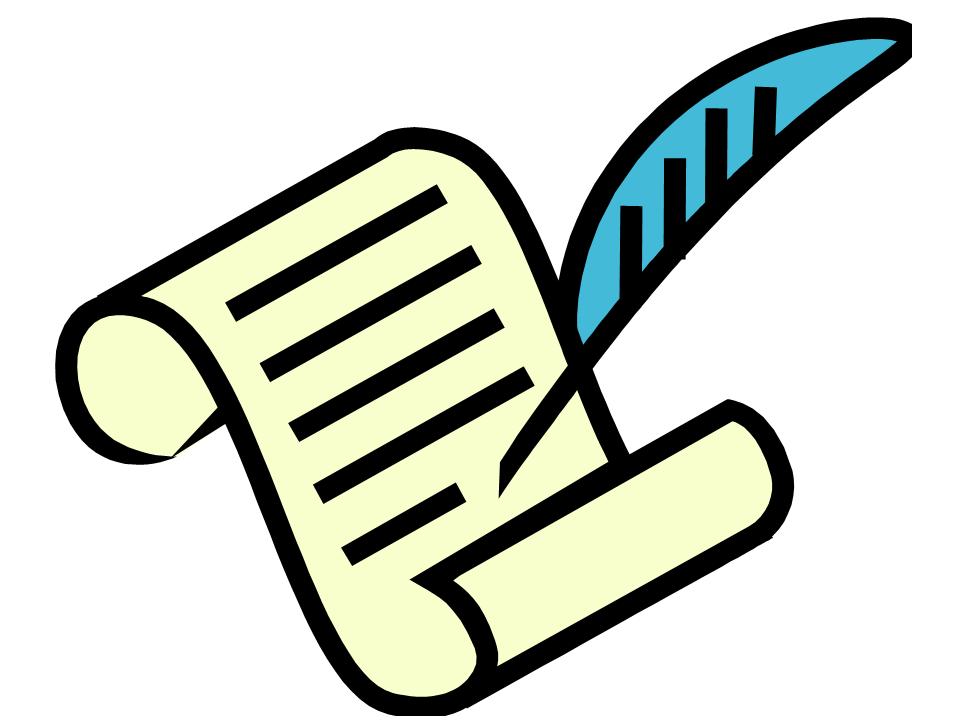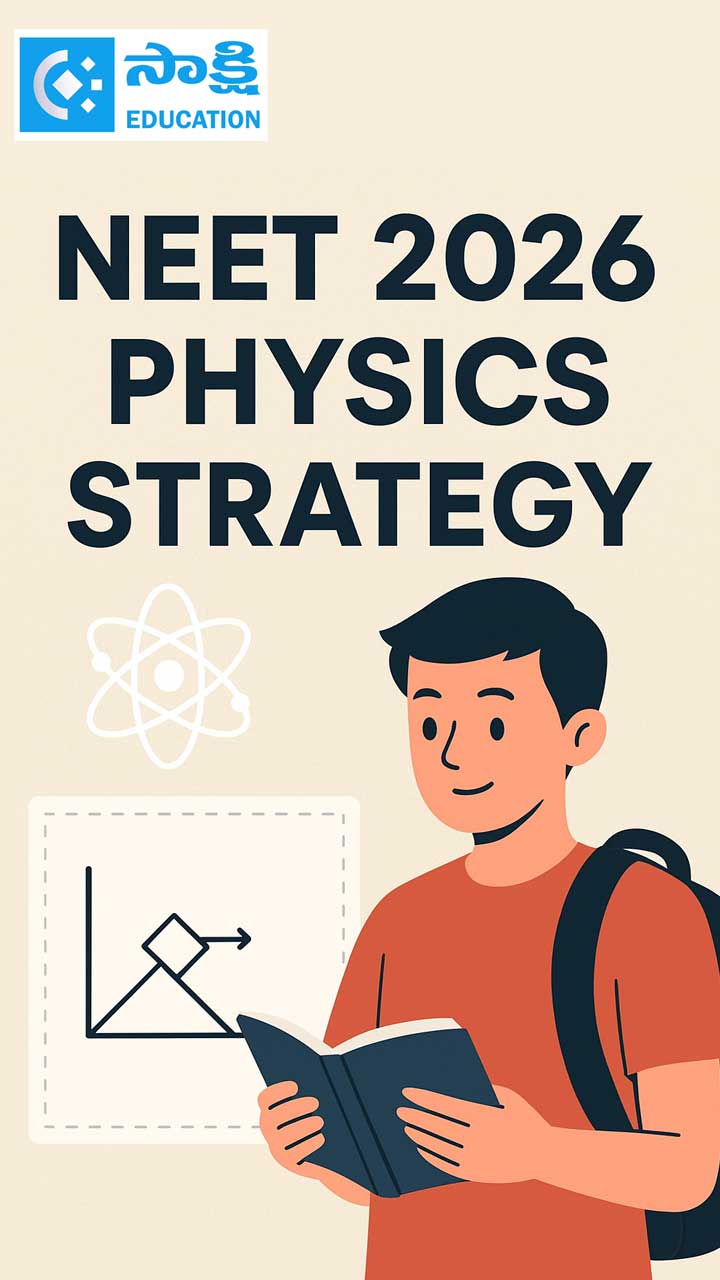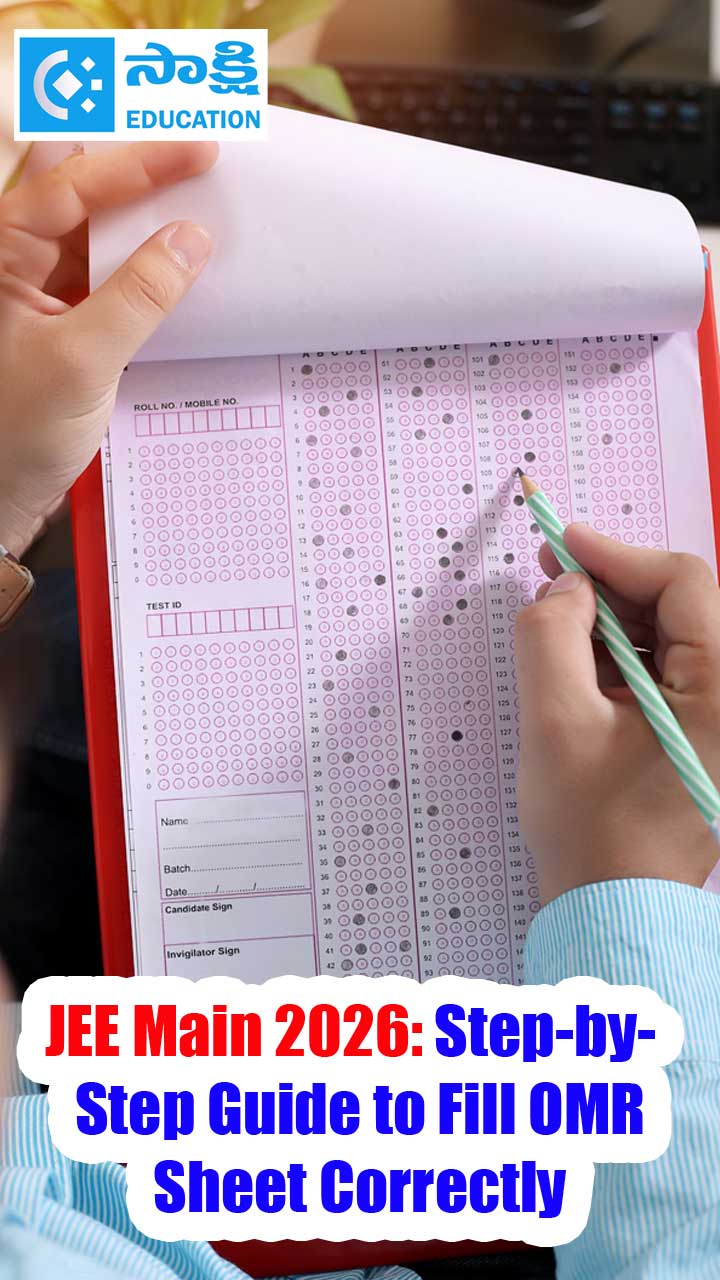How to write an effective resume?
Sakshi Education
A resume is a marketing document. It is an advertisement and you are the product. Its sole purpose is "to sell" your skills, knowledge, accomplishments, and experience to a prospective employer so that you can get an interview.
The goal of a resume is to get you to the interview.

What should a resume contain?
It is a brief account of your professional skills, education, experience, achievements, strengths, and activities that would be relevant to an employer.
Characteristics of an impressive resume:
Interview guaranteeing resumes invariably have the following characteristics.
Visual appeal, easy to read layout, and high quality reproduction
Organized,
Present the most important information first,
Feature only relevant information,
Highlight key skills and strengths - link them to employer's needs
Very brief; do not exceed one or two page(s)
Totally free from any errors: spelling, typographical, punctuation, or grammatical
As a fresh engineering college graduate, how should I structure my resume?
Organizing the information on your resume into appropriate sections is crucial for developing a strong resume. An entry level engineering job seeker's resume typically has the below eight important sections.
Your name in large and bold font, at the top:
It tells to whom the resume belongs.
Contact section at the top, below your name:
It tells how you can be reached via email, post, landline and cell phone.
Objective statement: It tells your career goal.
Examples: "Entry level job in structural engineering",
"First job in software development or testing", etc.
Academic record: This section provides your qualifications, starting with the highest degree first. Qualification is followed by name of the college, University, location of the University, aggregate percentage, and year graduated.
Software / Technical skill set: List here all the technical and software skills you have acquired to date.
Academic Projects: Provide here brief descriptions of the projects you have done as part of your 4-year degree and/or your masters' degree.
Professional activities / achievements:
Mention your publications and awards at professional contents.
Example: "Stood first at the national level Structural Design Contest at IIIT-H, Hyderabad held ABC 2010" If you have very significant academic or professional accomplishments that directly meet your employer's needs, you can place this section near the top of the resume, after the career goal or education.
Extra-curricular (optional): Write the important contests or tournaments where you won a prize.
Example: "Stood first at IIIT-H, Hyderabad held AP state level Table Tennis Tournament in 2010"
Personal information: Mention on a single line your age, gender, marital status, native place (including the name of the state if your native place is not well known).
Example: 20 years, female, single, native of Chegunta (Medak District, AP).
This section should come at the end.
Do's:
Be concise: It is a professional summary of your skills, education, and experience. A recruiter will only spend around 15 seconds scanning your resume before deciding to review further or put it aside. Be brief.
Design resume carefully: Appearance makes an immediately favorable impression. So ensure that the layout is inviting to read and looks professional.
Stay relevant: What you mention on the resume should be relevant to the job and prospective employer. In other words, an effective resume demonstrates a match between what you have to offer (= skills, knowledge and experience) and the employer's requirements.
Highlight key strengths: Use bold, italic, or underline to make your accomplishments, experience and skills stand out. But use these sparingly; only to highlight important statements or words.
Check and re-check: Resumes with misspelled words and poor grammar reflect poorly against you. Use the spell and grammar check feature on your word processor.
Don’ts:

What should a resume contain?
It is a brief account of your professional skills, education, experience, achievements, strengths, and activities that would be relevant to an employer.
Characteristics of an impressive resume:
Interview guaranteeing resumes invariably have the following characteristics.
Visual appeal, easy to read layout, and high quality reproduction
Organized,
Present the most important information first,
Feature only relevant information,
Highlight key skills and strengths - link them to employer's needs
Very brief; do not exceed one or two page(s)
Totally free from any errors: spelling, typographical, punctuation, or grammatical
As a fresh engineering college graduate, how should I structure my resume?
Organizing the information on your resume into appropriate sections is crucial for developing a strong resume. An entry level engineering job seeker's resume typically has the below eight important sections.
Your name in large and bold font, at the top:
It tells to whom the resume belongs.
Contact section at the top, below your name:
It tells how you can be reached via email, post, landline and cell phone.
Objective statement: It tells your career goal.
Examples: "Entry level job in structural engineering",
"First job in software development or testing", etc.
Academic record: This section provides your qualifications, starting with the highest degree first. Qualification is followed by name of the college, University, location of the University, aggregate percentage, and year graduated.
Software / Technical skill set: List here all the technical and software skills you have acquired to date.
Academic Projects: Provide here brief descriptions of the projects you have done as part of your 4-year degree and/or your masters' degree.
Professional activities / achievements:
Mention your publications and awards at professional contents.
Example: "Stood first at the national level Structural Design Contest at IIIT-H, Hyderabad held ABC 2010" If you have very significant academic or professional accomplishments that directly meet your employer's needs, you can place this section near the top of the resume, after the career goal or education.
Extra-curricular (optional): Write the important contests or tournaments where you won a prize.
Example: "Stood first at IIIT-H, Hyderabad held AP state level Table Tennis Tournament in 2010"
Personal information: Mention on a single line your age, gender, marital status, native place (including the name of the state if your native place is not well known).
Example: 20 years, female, single, native of Chegunta (Medak District, AP).
This section should come at the end.
Do's:
Be concise: It is a professional summary of your skills, education, and experience. A recruiter will only spend around 15 seconds scanning your resume before deciding to review further or put it aside. Be brief.
Design resume carefully: Appearance makes an immediately favorable impression. So ensure that the layout is inviting to read and looks professional.
Stay relevant: What you mention on the resume should be relevant to the job and prospective employer. In other words, an effective resume demonstrates a match between what you have to offer (= skills, knowledge and experience) and the employer's requirements.
Highlight key strengths: Use bold, italic, or underline to make your accomplishments, experience and skills stand out. But use these sparingly; only to highlight important statements or words.
Check and re-check: Resumes with misspelled words and poor grammar reflect poorly against you. Use the spell and grammar check feature on your word processor.
Don’ts:

- Avoid the same words or phrases on the same page. Introduce variety in vocabulary to make your resume lively.
- Don't use the first person. A resume should always be written in the second person. So never use "I" or "we".
- Don't write philosophical statements for career objective. Keep the career goal statement short, simple, and direct.
- Do not include a picture of yourself.
- Don't use double-line spacing. The norm is single line space. That way the resume looks compact and neat.
- Don't use multiple fonts. Use only one font - whether Arial, Helvetica, Verdana, Times New Roman, or Tahoma - through out the resume.
- Don't change font size. Except for your name at the top, which can be in larger font, all text, including sub-headings, should be in one single font size.
- Don't use passive verbs. In stead of saying, "Analysis and design of the structure were performed", write "Performed analysis and design of the structure".
- Don't include information of your parents' names, religion, caste, family, or hobbies.
- Don't write lengthy resumes. Let resume not exceed one or two pages.
- Don't dump information. Use bulleted points to make your resume look neat and readable.
- Don't include a declaratory statement to confirm the truthfulness of what you mentioned in the resume. CV is not an application form.
- Don't cram the resume with text. Ensure that there is adequate white space on the resume by giving enough margins. It makes the resume readable.
- Don't include two sets of addresses - permanent and current. Either will do.
- Don't use multiple colors. Use only black for font color throughout the resume.
- Don't write sentences or terms using all capitals. Use of capitals should be limited to only abbreviations.
- Don't use informal style and terms. A resume is a formal document.
Published date : 25 Mar 2011 07:22PM



















